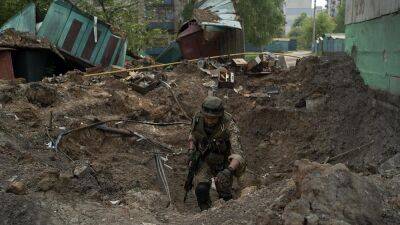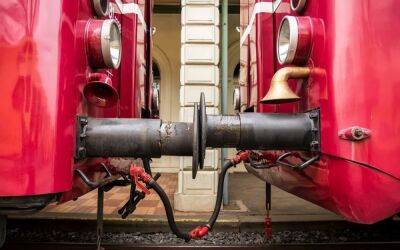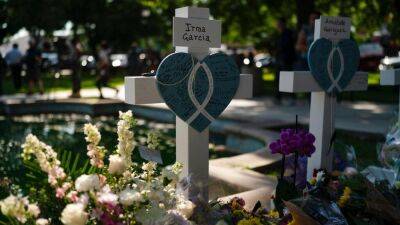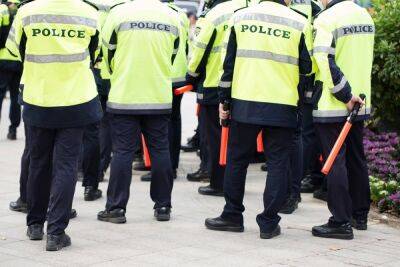Elizabeth line: Crossrail complete after decades of struggle – a photo essay
Almost four decades elapsed between the first official proposals for an east-west “Crossrail” line under London, and the start of construction works for what would eventually become the Elizabeth line. After the knockbacks and political fights over who should pay for such an ambitious scheme, the actual physical work – above and below ground – would take only a relatively short 13 years.
The feats of engineering required quickly grabbed public imagination – mainly positively. The first official building work was in May 2009, when piles were driven into the ground at Canary Wharf, and excavation started for one of the first huge box-stations. Less popular was the demolition of the Astoria music venue in the heart of the West End, as Tottenham Court Road was cleared for redevelopment.
Even at that point, Crossrail’s future was not secure – but the following year’s election of a Conservative-led coalition preaching austerity led only to a cut to its budget, down to just over £15bn. Infrastructure spending was largely deemed the more acceptable kind by successive chancellors, and by 2012 the most significant part of the works began: the tunnelling of the central section under the capital.
Construction workers on the early Crossrail construction site at Tottenham Court Road tube station 27 October 2009.
That work was done by machines, each costing an estimated £10m, built in Germany but given reassuringly British names. The likes of Phyllis and Victoria were not so much giant drills as hi-tech factories, weighing nearly 1,000 tonnes, with teams of workers behind the machine head, excavating and building concrete tunnels around themselves with millimetre precision as they burrowed through the maze of rail lines and utilities
Read more on theguardian.com





















